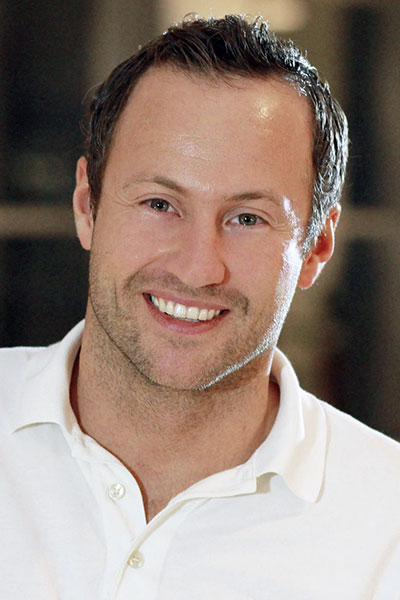
Imaging plays a critical role in axial spondyloarthritis (axSpA) diagnosis, and three speakers will try to bring greater clarity to imaging issues during Controversies in the Diagnostic Evaluation of Axial Spondyloarthritis: An Experiential Review.
The first showing of this session will take place Monday, Nov. 9, from 3 – 3:45 p.m. and feature a live question-and-answer period. Registered attendees can watch the session on demand through March 11, 2021.
Xenofon Baraliakos, MD, senior consultant and scientific coordinator at the Rheumazentrum Ruhrgebiet Herne, will talk about the role of advanced imaging in evaluating chronic back pain. One of the session’s overarching themes will be showing not only what axSpA imaging looks like, but also what axSpA doesn’t look like when interpreting images.
“The key phrase here is ‘false positive MRI,’ or ‘false positive imaging.’ This is something we always want to learn more about, and we want to teach people more in order to overcome overdiagnosis and overtreatment,” Dr. Baraliakos said. “We want to be as sensitive and specific as possible.”
Dr. Baraliakos noted that rheumatologists are unique because they use imaging in the vast majority of their patients and, unlike most specialties, are heavily involved in looking and interpreting the images in partnership with radiologists. During his presentation, Dr. Baraliakos will focus on the application of imaging, including conventional radiographs, computer tomography, and magnetic resonance imaging. The talk will offer a review of the correct application of imaging techniques to help make the correct diagnosis.
“We rely on imaging because it shows us objectively what’s happing beyond the symptoms of the patients,” he said. “We have learned and still learn what’s on those images and discuss them with the radiologist. We have an interest in learning to read those images.”

Following Dr. Baraliakos’ presentation, Lianne S. Gensler, MD, director of the axSpA clinic and research program and professor of medicine, University of California, San Francisco, will discuss the utility of MRI in early axSpA. MRI can identify sacroiliitis in early axSpA when plain film radiography cannot. Dr. Gensler also will point out the reason why there’s no utility in imaging the rest of the spine for diagnosis since almost all patients with early axial SpA have sacroiliac joint involvement.
Discussion around positive MRI results often centers around the interpretation of bone marrow edema, which indicates active sacroiliitis, but Dr. Gensler will also talk about the value in looking for structural changes on an MRI that’s often not visible on x-ray, even when there is no inflammation.
“When you perform an x-ray that is negative, followed by an MRI with no bone marrow edema, but you do see erosions and fat deposition, that still gives you a sense for the clinical diagnosis, even in the absence of active sacroiliitis,” she said.
Dr. Gensler noted that working in coordination with radiologists is critical, just like working with a nephrologist is critical when working with a patient with lupus nephritis. In rheumatology, “tissue is the issue,” but axSpA diagnosis doesn’t use biopsy of the sacroiliac joint.
“MRI can sometimes be a surrogate of histopathology, so when you get that test, how to interpret the test is critical,” Dr. Gensler said. “That really takes everyone in the room together the same way as we would manage other patients with multiorgan involvement.”
Giving the radiology perspective during this session will be Robert Lambert, MBBCh, FRCR, FRCPC, professor and chair, Radiology and Diagnostic Imaging Department, University of Alberta. He will review imaging challenges in axSpA that radiologists commonly see.
“MRI is almost like a surrogate of histopathology, so when you get that test, how to interpret the test is critical,” Dr. Gensler said. “That really takes everyone in the room together the same way as we would manage other patients with multiorgan involvement.”


